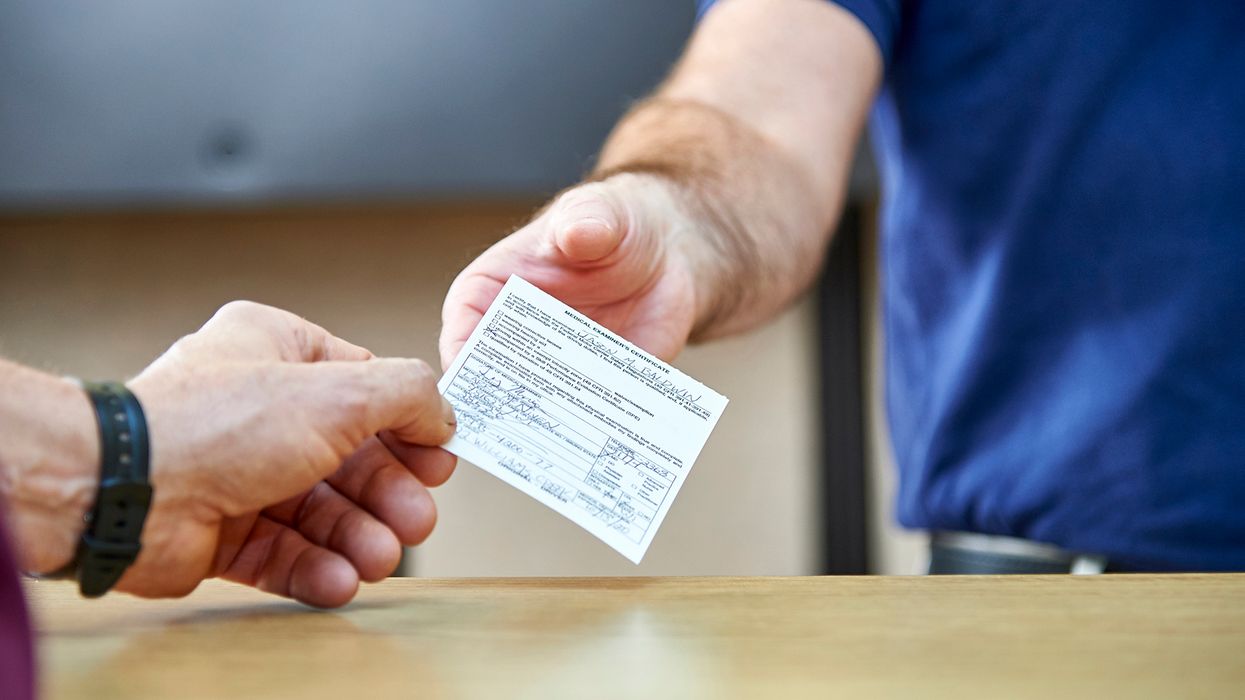NewsIndustry NewsIndustry NewsUSAHR ManagementEnglishU.S. Department of Labor (DOL)Focus AreaHuman Resources
DOL revises FFCRA regulations
2020-09-15T05:00:00Z
The U.S. Department of Labor (DOL) acted fast to respond to a district court’s claim that it overstepped its authority in a few provisions of the Families First Coronavirus Response Act (FFCRA). Of the issues described by the court, the DOL reaffirmed its position on half with explanation why, and generally accepted the court’s opinion on the other half:
- The DOL reaffirmed that paid sick leave and expanded family and medical leave may be taken only if the employee has work from which to take leave. The court had argued that the regulations applied this in only three of the six qualifying reasons for leave. It now applies to all qualifying reasons to take paid sick leave and expanded family and medical leave. The qualifying reason must, however, be the actual reason the employee is unable to work, as opposed to a situation in which the employee would have been unable to work regardless of whether he or she had a FFCRA qualifying reason. Employers may not, however, avoid granting FFCRA leave by purporting to lack work for an employee.
- The DOL reaffirmed that, where intermittent FFCRA leave is allowed, an employee must obtain his or her employer’s approval to take paid sick leave or expanded family and medical leave intermittently. One of the reasons is to help reduce the risk of spreading the virus, and another is that the reasons do not lend themselves to the allowance of intermittent leave for medical reasons. The DOL applied the principle that intermittent leave, where foreseeable, should avoid unduly disrupting the employer’s operations. Because employer permission is already a precondition under the FFCRA for telework, the DOL felt it was also an appropriate condition for teleworking intermittently. The employer-approval provision would not apply to employees who take FFCRA leave in full-day increments to care for their children whose schools are operating on an alternate day (or other hybrid-attendance) basis because such leave would not be intermittent.
- In the context of who may be excluded from the provisions, the DOL revised the definition of “health care provider” to mean employees who are health care providers and other employees who are employed to provide diagnostic services, preventive services, treatment services, or other services that are integrated with and necessary to the provision of patient care. Before the revisions, this definition included many more individuals who did not provide services integrated with and necessary to provision of patient care, such as building maintenance staff. Now, it is not enough that an employee works for an entity that provides health care services.
- The DOL revised the provisions requiring employees to give notice of the need for expanded family and medical leave (e.g., for childcare issues) before the leave is to begin. Employees are now to provide notice as soon as practicable. If the need for leave is foreseeable, advance notice is not prohibited, and may be required as soon as practicable. If, for example, an employee learns on Monday morning before work that his child’s school will close on Tuesday due to COVID-19-related reasons, the employee must notify the employer as soon as practicable — likely on Monday at work. If, on the other hand, the employee learns of the school’s closure on Tuesday after reporting for work, the employee may begin taking leave without giving prior notice, but must still give notice as soon as practicable — likely on Tuesday. Documentation is also not needed before leave is taken, but as soon as practicable. This information includes the employee’s name, the dates for which leave is requested, the qualifying reason for leave, and an oral or written statement that the employee is unable to work.
The revisions are effective September 16, 2020. The law is still effective only until December 31, 2020.














































